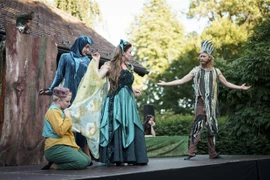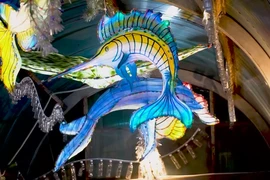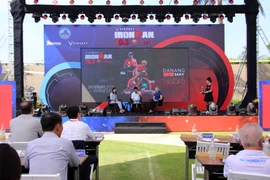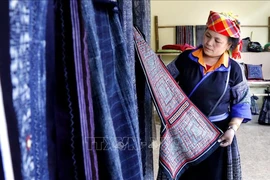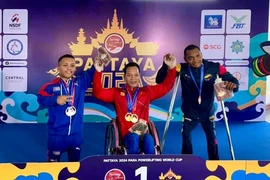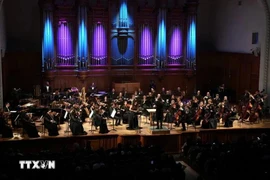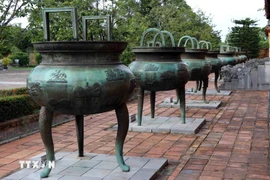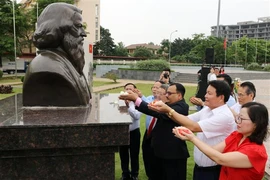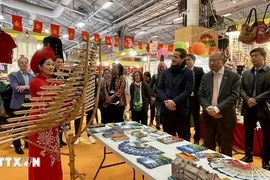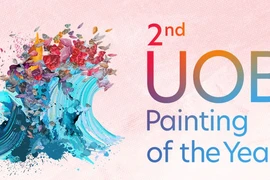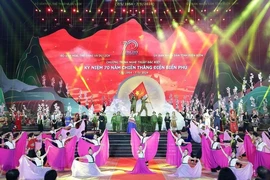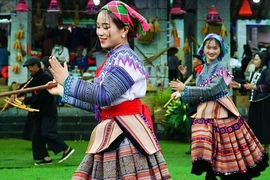My Son Sanctuary is located on a hilly landscape in Duy Phu commune, Duy Xuyen district, in Quang Nam province, about 70 km southwest of Da Nang city and 40 km from Hoi An ancient town.
The sanctuary was recognised as a world cultural heritage site by UNESCO in 1999. Its tower temples have a variety of architectural designs symbolising the greatness and purity of Mount Meru. In Cham people’s belief, Mount Meru is the mythical sacred mountain, home of Hindu gods at the centre of the universe, now symbolically reproduced on Earth in the mountainous homeland of the Cham people.
They were constructed from fired brick with stone pillars and decorated with sandstone bas-reliefs depicting scenes from Hindu mythology. Their technological sophistication is evidence of Cham engineering skills, while the elaborate iconography and symbolism of the tower temples give insight into the content and evolution of Cham religious and political thought.
Construction first began at My Son in the 4th century, under the reign of Bhadravarman, for the worship of God Shiva-Bhadresvara. Later on, this temple was destroyed.
At the beginning of the 7th century, King Sambhuvarman had it rebuilt and rebaptised Sambhu-Bhadresvara. Each new monarch came to My Son after his accession to the throne for the ceremony of purification and to present offerings and erect new monuments, which explains why My Son was the only place where Cham art flourished without interruption from the 7th to 13th century./.

